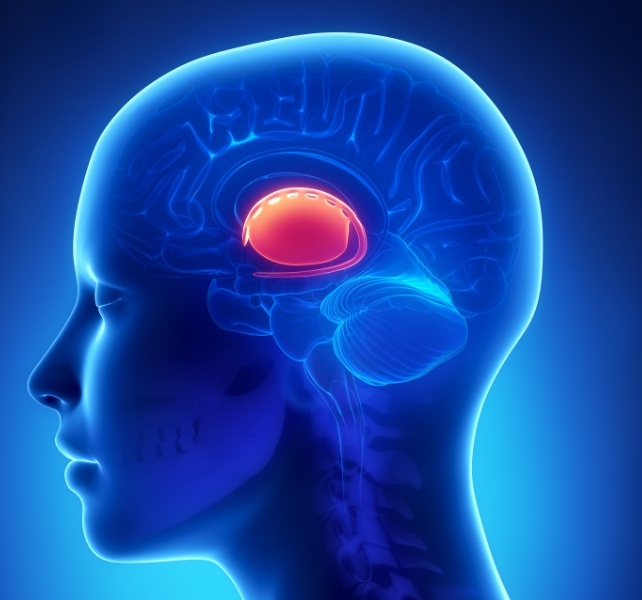Autism is a neurodevelopmental condition that influences how people’s brains create and work, affecting conduct, communication and mingling. It can too include contrasts in the way you move and walk – known as your gait.
Having an “odd walk” is presently recorded in the Demonstrative and Measurable Manual of Mental Disarranges as a supporting symptomatic highlight of autism.
What does this see like?
The most recognizable walk contrasts among extremely introverted individuals are:
- toe-walking, strolling on the balls of the feet
- in-toeing, strolling with one or both feet turned inwards
- out-toeing, strolling with one or both feet turned out.
Toe-walking can be a sign of extreme introvertedness. (towfiqu barbhuiya/Canva)
Research has moreover distinguished more unpretentious contrasts. A think about outlining 30 a long time of investigate among extremely introverted individuals reports that stride is characterised by:
- walking more slowly
- taking more extensive steps
- spending longer in the “position” stage, when the foot clears out the ground
- taking more time to total each step.
Autistic individuals appear much more individual changeability in the length and speed of their strides, as well as their strolling speed.
Related: Video Amusement Has 80% Victory Rate in Recognizing Extremely introverted Kids
Gait contrasts too tend to happen nearby other engine contrasts, such as issues with adjust, coordination, postural steadiness and penmanship. Extremely introverted individuals may require back for these other engine skills.
What causes walk differences?
These are to a great extent due to contrasts in brain improvement, particularly in ranges known as the basal ganglia and cerebellum.
The basal ganglia are broadly mindful for sequencing development counting through moving pose. It guarantees your walk shows up easy, smooth and automatic.
Basal ganglia (in ruddy) in a human brain. (janulla from Getty Images/Canva)
The cerebellum at that point employments visual and proprioceptive data (to sense the body’s position and development) to alter and time developments to keep up postural solidness. It guarantees development is controlled and coordinated.
Developmental contrasts in these brain districts relate to the way the ranges see (their structure), how they work (their work and actuation) and how they “talk” to other zones of the brain (their connections).
While a few analysts have proposed that extremely introverted stride happens due to postponed improvement, we presently know stride contrasts continue over the life expectancy. A few contrasts really gotten to be clearer with age.
In expansion to brain-based contrasts, the extremely introverted stride is too related with components such as the person’s broader engine, dialect and cognitive capabilities.
People with more complex bolster needs might have more articulated stride or engine contrasts, together with dialect and cognitive difficulties.
Motor dysregulation might demonstrate tactile or cognitive over-burden and be a valuable marker that the individual might advantage from additional bolster or a break.
How is it managed?
Not all contrasts require to be treated. Instep, clinicians take an individualized and goals-based approach.
Some extremely introverted individuals might have inconspicuous walk contrasts that are discernible amid testing. But if these contrasts do not affect a person’s capacity to take part in regular life, they do not require support.
An extremely introverted individual is likely to advantage from bolster for stride contrasts if they have a useful affect on their every day life. This might include:
- increased chance of, or visit, falls
- difficulty taking an interest in the physical exercises they enjoy
- physical results such as snugness of the Achilles and calf muscles, or related torment in other ranges, such as the feet or back.
Some children may moreover advantage from back for engine ability improvement. In any case this doesn’t have to happen in a clinic.
Given children spend a expansive parcel of their time at school, programs that coordinated openings for development all through the school day permit extremely introverted children to create engine aptitudes exterior of the clinic and nearby peers. We created the Delight of Moving Program in Australia, for case, which gets understudies moving in the classroom.
Our community-based mediation thinks about appear extremely introverted children’s development capacities can move forward after locks in in community-based mediations, such as sports or dance.
Community-based back models enable extremely introverted children to have office in how they move, or maybe than seeing diverse ways of moving as a issue to be fixed.
Where to from here?
While we have learnt a parcel almost extremely introverted stride at a wide level, analysts and clinicians are still looking for a superior understanding of why and when person inconstancy occurs.
We’re moreover still deciding how to best back person development styles, counting among children as they develop.
However there is developing prove that physical movement upgrades social aptitudes and behavioral direction in preschool children with autism.
So it’s empowering that states and regions are moving towards more community-based foundational underpins for extremely introverted children and their peers, as governments create bolsters exterior the National Inability Protections Plot (NDIS).




